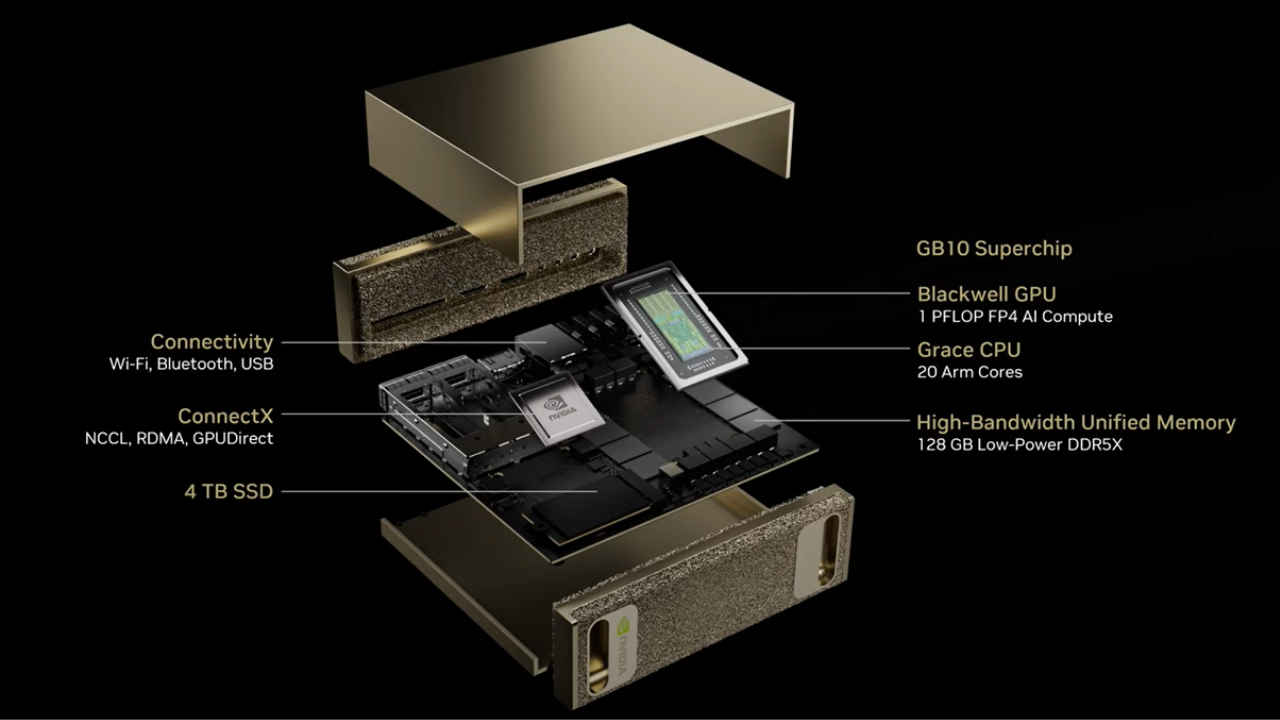The $10 Cyber Threat Behind 2024’s Biggest Breaches
In a world where cybersecurity budgets can stretch into the millions, it’s hard to believe that one of the most devastating threats of 2024 cost just $10. Yes, you read that right. A tiny investment in a widely available tool turned into massive financial disasters for major companies. Let’s break down how this seemingly innocuous threat worked its dark magic and what it means for the future of online security.

What Is the $10 Cyber Threat?
The core of this threat lies in stolen or compromised session cookies—small pieces of data websites use to remember you’re logged in. With access to these cookies, attackers can bypass authentication systems entirely, making them one of the most effective weapons for account takeover (ATO) attacks. Cybercriminals have been buying these cookies on dark web marketplaces for as little as $10 per batch.
How It Worked in 2024’s Major Breaches
Many of 2024’s biggest cybersecurity incidents stemmed from session cookie theft. Here’s how the typical attack unfolded:
- Phishing for Cookies: Attackers sent phishing emails to lure victims into clicking malicious links or opening infected attachments.
- Browser Malware: Some used simple malware extensions to grab session cookies from browsers.
- Cookie Reuse: Armed with stolen cookies, hackers bypassed multi-factor authentication (MFA) and accessed critical systems.
Since these attacks didn’t require breaking encryption or brute-forcing passwords, they often went unnoticed until it was too late.

The Scale of Damage
Among the high-profile victims of this cookie-based cybercrime spree were:
- Financial institutions that saw millions drained from user accounts.
- Large enterprises where proprietary data was stolen.
- Government systems compromised for espionage.
The ease of access to stolen cookies and the lack of robust detection methods made 2024 a banner year for this type of attack.
Why Are Session Cookies Such a Weak Spot?
Session cookies aren’t new, but they’ve become more valuable as web applications and cloud-based systems grow. Here’s why they’re an Achilles’ heel:
- Easy to Steal: Malware, phishing, and browser vulnerabilities make it easy for bad actors to capture cookies.
- Authentication Bypass: A valid cookie can be more powerful than a password since it often bypasses MFA.
Defending Against Cookie-Based Threats
Despite the alarming success of cookie theft in 2024, there are effective ways to protect yourself:
- Use Secure Browsers: Choose browsers with built-in security features and keep them updated.
- Enable Cookie Expiration: Short session durations reduce the time attackers have to exploit stolen cookies.
- Implement MFA Everywhere: While not foolproof against cookie theft, it adds another layer of defense.
- Monitor for Anomalous Sessions: Use tools that detect unusual session activity, such as logins from unexpected locations.
The Future of Cookie Security
As more services shift online, session security will become even more critical. Developers and security professionals must prioritize securing session management by:
- Adopting Zero-Trust Models: Assume all sessions are potentially compromised.
- Using Hardware Security Keys: Moving beyond cookies and passwords to more robust authentication methods.
Conclusion
The $10 cyber threat of 2024 serves as a sobering reminder that small vulnerabilities can have colossal consequences. Investing in proactive security measures is more important than ever. Cybercriminals are creative and persistent, but with vigilance and smarter defenses, we can outsmart the cookie monsters of the internet.
Stay vigilant, stay secure—and maybe think twice before leaving those cookies lying around.


